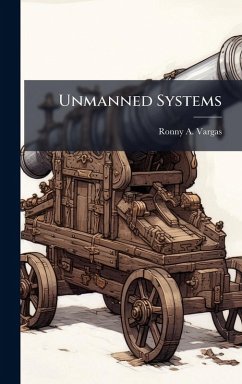The Fiscal Year (FY) 2001 National Defense Authorization Act (NDAA) signed into law a mandate directing the Department of Defense (DoD) to develop and procure Unmanned Systems through FY 2030. These unmanned air, ground, and sea systems are being designed to support Full Spectrum Operations (FSO) in a hybrid-threat environment. The impact for the 2020 Joint Task Force (JTF) is that it will operate with unmanned systems that will revolutionize the way it conducts its operations. Furthermore, the 2020 JTF will be required to leverage cutting-edge information technologies that will ensure a secure and collaborative command and control network in a security environment that is increasingly competitive due to the proliferation of advanced unmanned systems. The challenge then is to posture the 2020 JTF to integrate these revolutionary unmanned systems. The essential tasks are to ensure operational reach and establish operational access throughout operations which are increasingly ready to be accomplished with revolutionary unmanned systems in lieu of manned systems. This work has been selected by scholars as being culturally important, and is part of the knowledge base of civilization as we know it. This work was reproduced from the original artifact, and remains as true to the original work as possible. Therefore, you will see the original copyright references, library stamps (as most of these works have been housed in our most important libraries around the world), and other notations in the work. This work is in the public domain in the United States of America, and possibly other nations. Within the United States, you may freely copy and distribute this work, as no entity (individual or corporate) has a copyright on the body of the work. As a reproduction of a historical artifact, this work may contain missing or blurred pages, poor pictures, errant marks, etc. Scholars believe, and we concur, that this work is important enough to be preserved, reproduced, and made generally available to the public. We appreciate your support of the preservation process, and thank you for being an important part of keeping this knowledge alive and relevant.
Bitte wählen Sie Ihr Anliegen aus.
Rechnungen
Retourenschein anfordern
Bestellstatus
Storno

